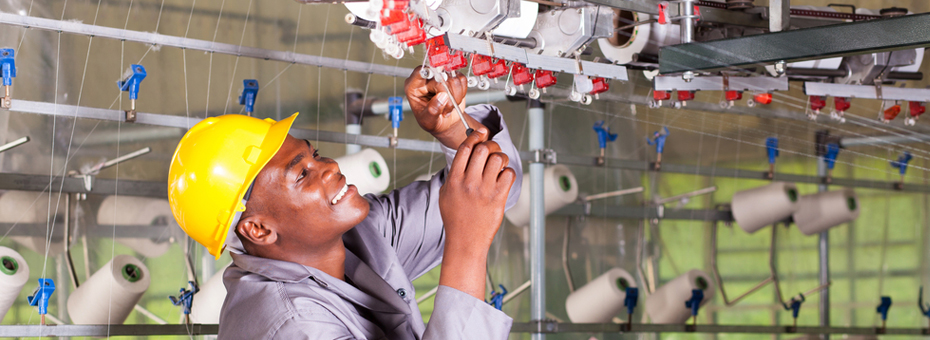In a recent post, I discussed the role of the manager in providing challenging work that supports the long-term growth of each employee and contributes to the goals of the organization. I’ve found that developing every individual is the hardest, most challenging work any manager must do. This is true of all generations from baby boomers to millennials.
Now let me play devil’s advocate and propose that the manager’s role is in fact supplementary—that creating meaningful and challenging work is actually up to the employee. An organization or manager can provide the structure, the environment, and hopefully some helpful opportunities and guidance to support the employee’s development. But I’ve learned from experience that in the end, the employee has to take responsibility by learning to own the work. If the employee doesn’t have a vision for his or her own career, strengths and weaknesses, and development needs, why should the manager feel an obligation to “push” this development on the employee?
During my career in Toyota I learned a concept of self-development called jikotei kanketsu (JKK), which is often translated as “built-in quality with ownership”—an incomplete translation. The more direct translation is, “creating a complete process that I own.” This emphasis on employees learning how to design a process allowing them to take ownership of his/her process was borne out of the Toyota Production System. When I started my career in Japan at the Tsutsumi Assembly Plant in Toyota City in 1988, I built front bumpers for Camrys on the final assembly line. At the time, all new team members at Toyota spent three months building cars on the assembly line as part of the new hire training. The purpose was for every individual to understand the core business of Toyota and to understand the value-added work where it takes place. This was also designed to teach new employees how to support the team member who builds the car and to realize how challenging the job is.
My personal goal was similar to the company goal: to learn the job of the assembly-line team member. To this day this remains an invaluable experience for me in terms of empathizing with the challenge of really doing the work and learning how to support that work. This principle I have found can be applied in any number of settings.
The work itself was physically challenging—long, tiring days and nights. We rotated day and night shifts every week, it was pretty tough. The process was designed with jigs and fixtures to ensure I built good quality. But the process was also designed in such a way that I was responsible for building the entire bumper. For a new team member, having to complete one every 55 seconds was a daunting task.
So one day on a lunch break, I asked my team leader, Tanaka-san, how the process was set up. Why couldn’t we rearrange the work? Someone else could build part of the bumper. He asked me, “When you go home at night, what do you tell your wife that you do?” I answered, “I build bumpers for the Camry.” He said, “Yes, every employee wants to feel that they build an important part of the car, not merely shoot a couple screws.” Through the course of a couple months on the assembly line, my capability improved and I was able to build that bumper in 55 seconds. I felt a strong ownership for building the best bumper I could.
If management’s job is to create the circumstances where the employee has the ability to take ownership for each process, then it is the employee’s responsibility to take ownership of the process and their development as a whole.
As I worked and eventually managed people at Toyota, I always carried with me this important lesson that I learned in my first few months there. This concept of taking full ownership for the quality and output of one’s work is somewhat simpler to understand in manufacturing, but it also applies in office work.
This was the way I learned to work in multiple office jobs at Toyota. Rarely was I given clearly defined “job duties.” Instead, I was given a role or given responsibility for a process, such as being put in charge of the hoshin process. My manager always expected three things of me that allowed me to “own the process.” They were:
- Start by doing the work. This means understanding the entire current process deeply by following the current method—and asking, “What is the standard for process that I’m being asked to own?”
- Identify areas of improvement by asking, “How can I strengthen this process and thereby feel greater ownership?”
- Implement improvements, thereby increasing my ownership for the value the process provides to the customer (next process or end user). Ownership means that when the process does not go well for any reason, I must take responsibility to reflect upon it and make improvements.
So if management’s job is to create the circumstances where the employee has the ability to take ownership for each process, then it is the employee’s responsibility to take ownership of the process and his/her development as a whole. It’s the employee’s job to “pull” support and mentoring as needed.
I’m grateful for the many people who have mentored me on this point throughout my career, helping me learn this concept of creating a complete process that I own. Most processes, I’ve realized, require the engagement of many parties to accomplish and make decisions—particularly in office or knowledge work. Which raises the question… as manager and employees, how do I (we) take this process I (we) own and engage the organization through teamwork?






